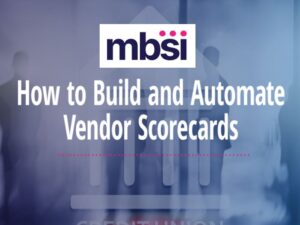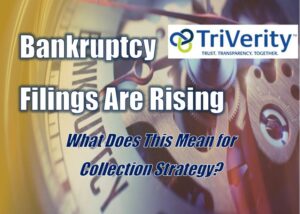
I was happy to be part of a panel discussion – in person! – at the Receivables Management Association International (RMAI) Conference in April in Las Vegas. I was joined by attorney Daniel Consuegra and Shannon Rodden of Premier Forty Financial to discuss the current automotive finance landscape.
By far, the hottest topic of conversation was the current economic environment and its effects on collections and the debt market. We’ve seen a general decrease in collections and recovery activity because more cash is flowing through the economy due to COVID stimulus packages and moratoriums on mortgages and other loan payments. Similar to the repossession space, which has seen a decline of 20-25% in recovery volumes, the debt space is seeing a similar decline in available assets for purchase. This is clearly impacting every part of the debt buying and collections space.
We opened the discussion by talking about the three main areas where vehicle location data comes into play for collections and debt buying.
– Evaluating: Using vehicle data captured through license plate recognition (LPR) technology along with public data to understand your portfolio and know what you’re purchasing.
– Bidding: Using data to know your portfolio’s potential and understand risk and collectability.
– Collect & Recover: Using data to know where and how to connect with debtors; partnering with nationwide vendors for forwarding, remarketing and retitling; and increasing collections and recovery efficiencies.
In terms of auto loan collections and repossessions specifically, the value of vehicle location data boils down to the common challenge that people are rarely where you think they are based on their given addresses and even public data. At DRN, we layer license plate recognition (LPR) data and analytics with public records to build full stories on vehicles and their owners. Then, our tools can score addresses to quickly determine the best place and even day and time to make contact with an owner … meaning faster collection and resolution. This data advantage is especially important now as we saw a significant increase in migration during the pandemic: between January and June 2020, approximately 14.5% of subprime borrowers moved more than 50 miles from the address on file. Borrowers are harder to find than ever.
I also gave a brief overview of the “repossession ecosystem” that includes nationwide servicing and collection vendors, repossessors, remarketing and titling agencies. DRN partners across these networks to bring accuracy and efficiency through use of data and analytics to support collection and recovery efforts.
To listen to the full session, visit the RMAI conference website.
Thank you to the team at RMAI for a great conference. I hope it’s the first of many chances to meet with others in the industry face-to-face in the days ahead.
About the author:
Jeremiah Wheeler

Jeremiah, Executive Vice President & General Manager, leads DRN by driving revenue, business development, data collection and strategy efforts with license plate recognition (LPR) data and analytics solutions. Jeremiah has more than 15 years of experience in the data, analytics, collections, recovery and financial services industries. He serves on the Legislative Fundraising and Membership Committees for the Receivables Management Association International and is also a member of the Automotive Intelligence Council with Cherokee Media Group.












Facebook Comments